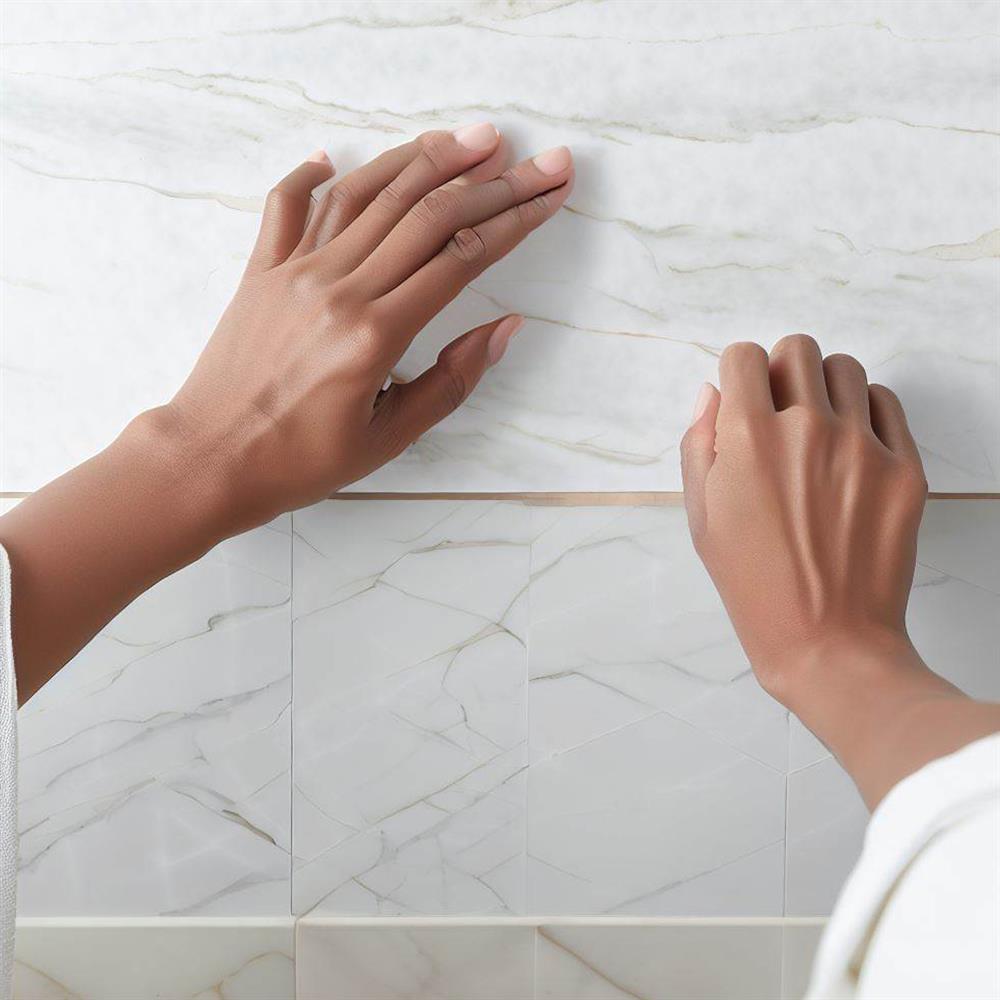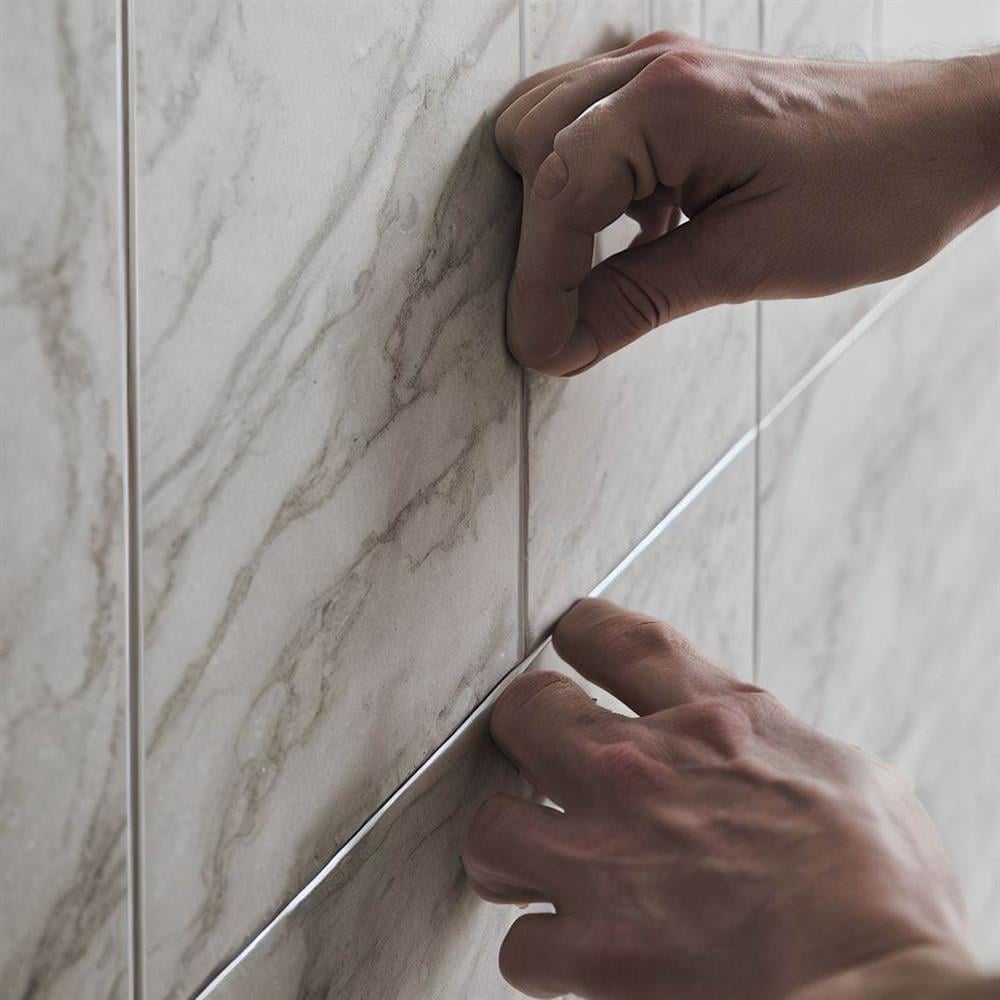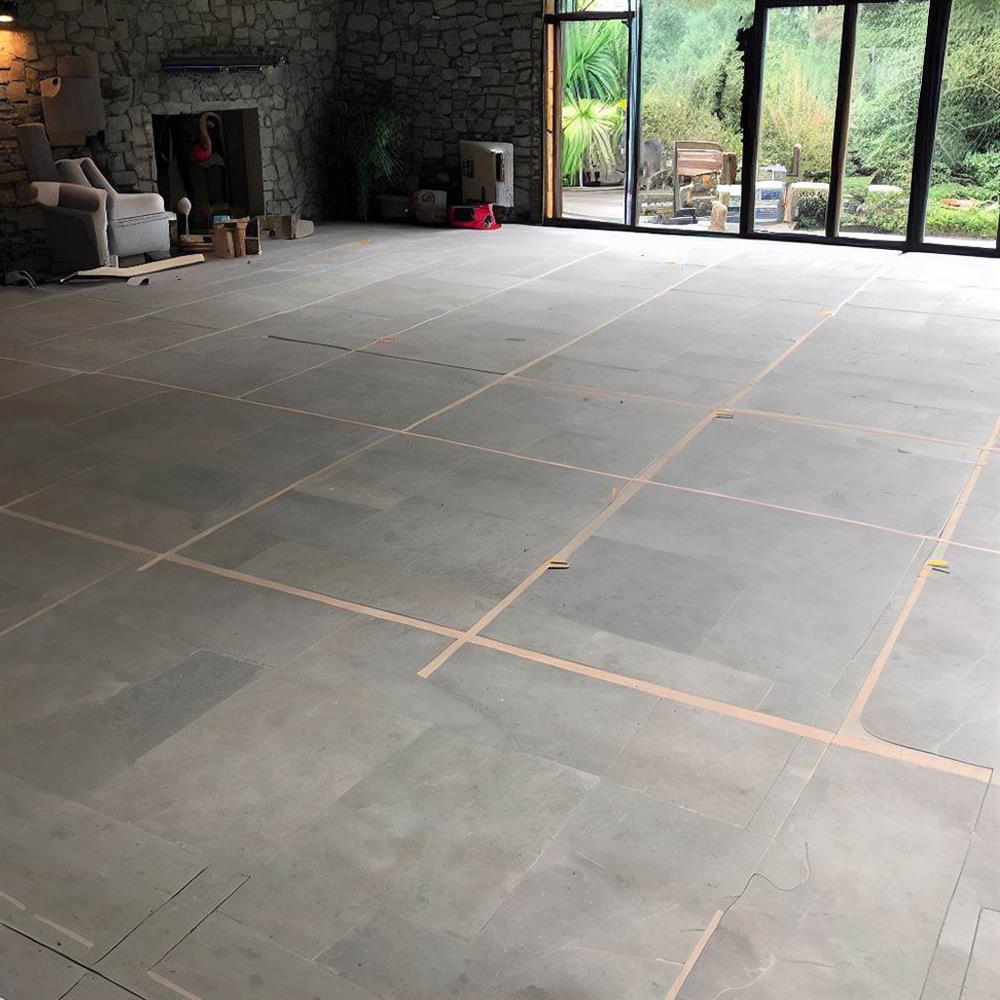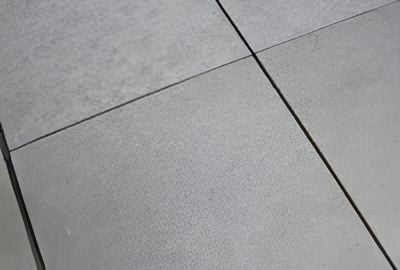We understand that the space you leave between tiles, otherwise known as the grout line, can contribute to the style, aesthetic, and quality of your floor. But don’t worry about having to figure it all out yourself - our easy-to-understand tiling for beginners guides will help you achieve an impeccable floor tile finish every time.

In this tile spacing guide, we'll walk you through the basic information you’ll need, including handy tips and the essential tools to ensure precise and consistent spacing between tiles.
What size grout lines should I use?
Choosing the right size grout line is important for a polished and professional finish. The gap you opt for will depend on a few factors:
- The size of tile you're using: smaller tiles often look great with thinner grout lines, around 2-3mm. For larger tiles or tiles with uneven edges, however, wider grout lines (3-5mm) can help with alignment and hide any imperfections.
- Wall or floor: if you're tiling on walls, smaller grout lines are commonly used for a sleek and seamless appearance (2-3mm). On the other hand, floor tiles often require slightly wider grout lines (typically 3-5mm) to allow for natural movement and accommodate any slight irregularities in the subfloor.
- The type of grout: different grout formulations may have specific recommendations for minimum or maximum grout line size. Always consult the grout manufacturer's guidelines for the best results.
Does the floor substrate affect grout line size?
When deciding on grout line size, you should also consider the floor substrate. Specifically, tiles installed on wooden floors can experience slight movements over time. Wooden flooring is prone to movement due to factors like changes in temperature and humidity, as well as the natural expansion and contraction of the wood fibres.

Without the right size grout lines, this movement may cause the tiles to rub against each other, leading to chips, cracks, or detachment from the adhesive or substrate. If you have a wooden floor, it's also recommended to use a flexible tile grout that can accommodate any movements and prevent issues.
How much space should I leave between rectified tiles?
Rectified flooring, like porcelain tiles or natural stone tiles, have precise edges for narrow 2-3mm grout lines (except for tumbled or chipped edge styles, which should be installed with 4-6mm gaps).
Aligning grout lines between wall and floor tiles is a common challenge, especially if they differ in design, colour, or size, but one that can be made more straightforward with rectified tiles. Just be sure to discuss expectations with your tiler, and keep in mind that perfection may lead to more tile wastage, a longer project timeline, and increased costs.
How much space should I leave between non-rectified tiles?
Grout lines are important for non-rectified tiles, too. These tiles have slight size differences, so if they were to be placed right next to each other without any grout lines, the variations in size would become immediately noticeable and cause alignment issues. To prevent this, we suggest grout lines of 3-5mm for non-rectified tiles. These lines help hide the tile size differences, and ensure a balanced and visually appealing tile installation.

Can I tile without grout lines?
It’s not recommended to tile without grout lines, as this may lead to unwanted consequences. Although, without grout, the space between tiles would be minimal, it wouldn't be completely eliminated. This can lead to:
- Water damage: no matter how small of a gap you leave, you’ll likely begin to notice water seeping through (especially if you’re tiling your bathroom), which can cause damage over time. This even applies when installing rectified tiles with no grout lines.
- Dust build-up: failure to fill the gaps between your tiles can cause dust and dirt to accumulate, which can subsequently make cleaning more difficult. To ensure a long-lasting and clean tile installation, it's best to include grout lines.
Read more on exactly what is grout, the necessary benefits, and it's application process over in our advice hub, including our extensive guide on how to remove grout.
Hopefully, you’re now feeling a little more confident approaching natural stone or porcelain tile spacing, as well as what size grout line to include on different surfaces. For even more floor tile spacing and tile installation advice, get in touch with our team, or explore our popular grout products today.



